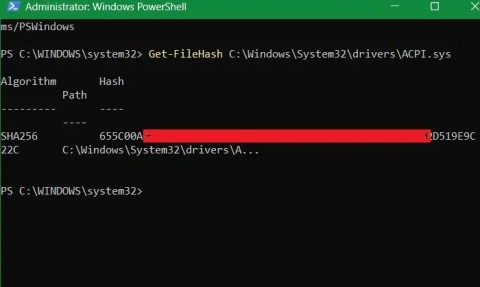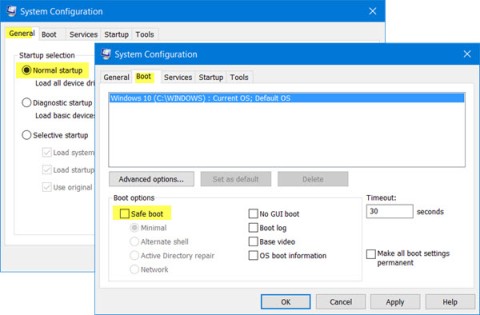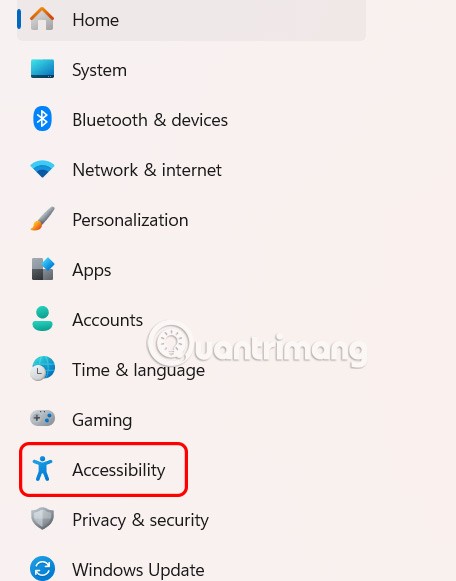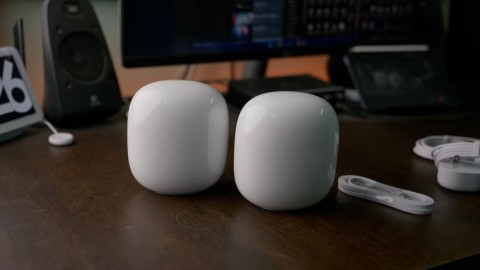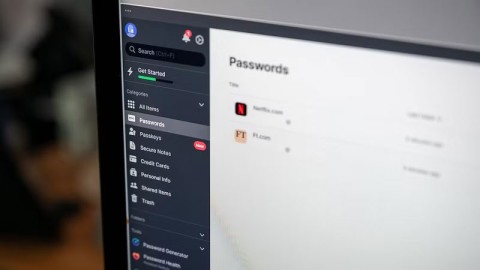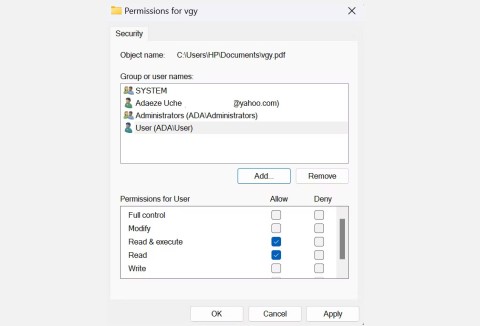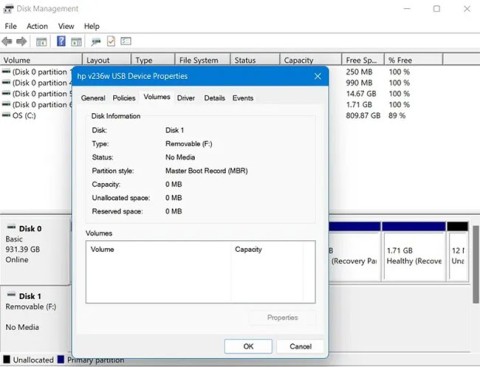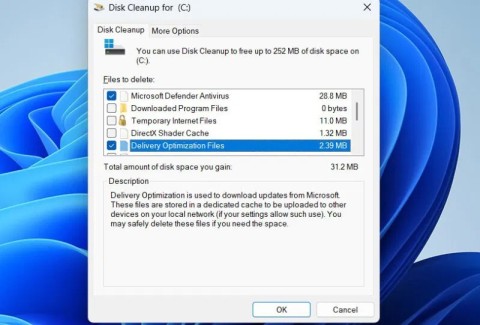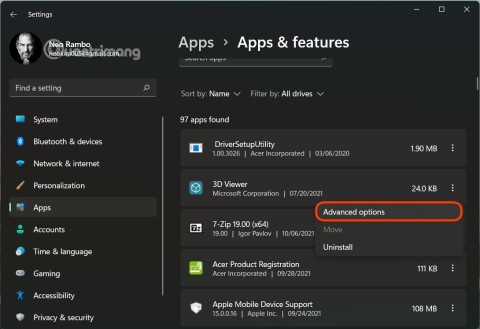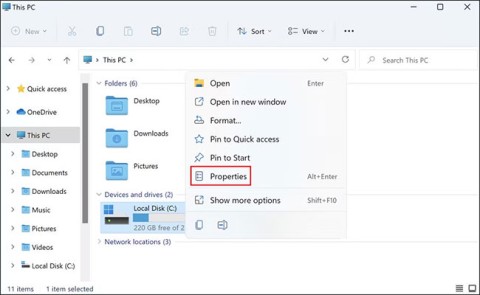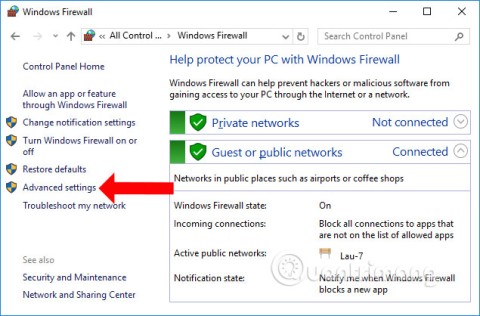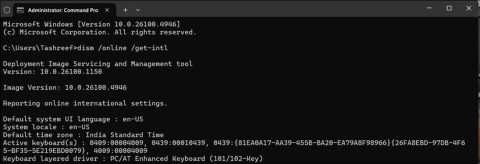On newer versions of Windows, you will see a folder named ProgramData on your system drive (usually drive C:\). However, this folder is hidden, so you can only see it if you enable displaying folders and files in File Explorer. To hide, show folders, files and file extensions on Windows 7, 8 and 10, you can refer to the steps here.
The Program folder stores data in many different locations on the Windows operating system. This depends on how the developers coded the program.

1. Application data, Registry and program data are stored here
The Program folder stores data in many different locations on the Windows operating system. This depends on how the developers coded the program. These include:
- Application Data folder : By default, most applications store settings and configurations in the Application Data folder located in C:\Users\username\AppData\. Each Windows user account will have its own Application Data folder, so each user account can store its own application data and settings and configurations of programs that use this folder.

- Documents folder : Some applications, especially computer game applications, will store settings in the Documents folder located at C:\Users\username\Documents. This helps users easily search, backup, and edit files.
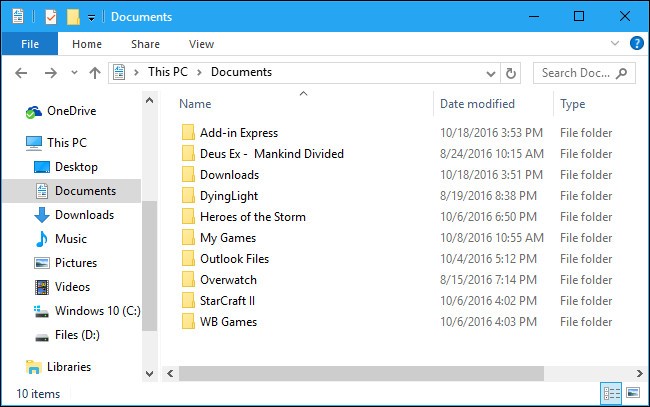
- Registry : Many applications store various settings in the Windows Registry. Registry settings can be system-wide or per user. However, the Registry is only a place to store personal settings – applications cannot store large files or data here.

- Program Folders for Each Application : On Windows 95, 98, and XP, programs typically store their settings and other data in their own folders. For example, if you install a program called Example in C:\Program Files\Example, the application will only store its settings and other data files in C:\Program Files\Example. This is not very secure.
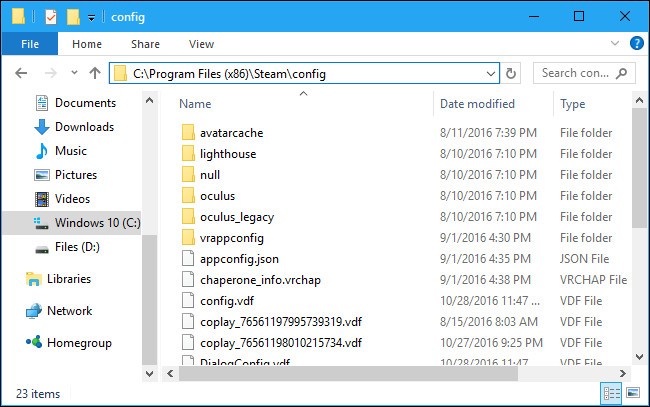
Modern versions of Windows have restricted access to programs, and applications cannot overwrite system folders during normal operation. However, some applications, such as Steam, still store application settings and other data files in the Program Files folder.
2. ProgramData folder
This folder has the most in common with the Application Data folder, but instead of each user account having its own folder, the ProgramData folder is shared among all user accounts on your computer.
On Windows XP, there is no C:\ProgramData folder . Instead, there is a C:\Documents and Settings\All Users\Application Data folder . Starting with Windows Vista, the All Users application data folder is moved to C:\ProgramData.
If you insert C:\Users\All Users\ into File Explorer or Windows Explorer on a Windows 10 computer, Windows will automatically redirect you to the C:\Program Data folder. It will redirect any program that tries to write on C:\Users\All Users\ to the C:\ProgramData folder.
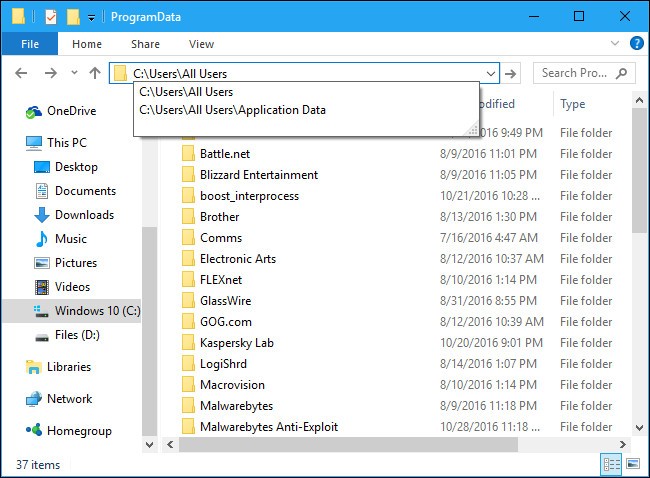
As Microsoft says, " this folder is used for application data that is not user-specific ." For example, a program that you use might download a Spelling Dictionary file when you run the program. Instead of storing the Spelling Dictionary file in a specific user's Application Data folder, the file would be stored in the ProgramData folder.
And it's possible to share the Spelling Dictionary file with all users on the computer, instead of storing multiple copies in a bunch of different folders located in the Application Data folder.
Tools that run with system privileges can also store settings here. For example, an antivirus application might store settings, virus logs, and quarantined files in C:\ProgramData. These settings are then shared system-wide for all users on the computer.
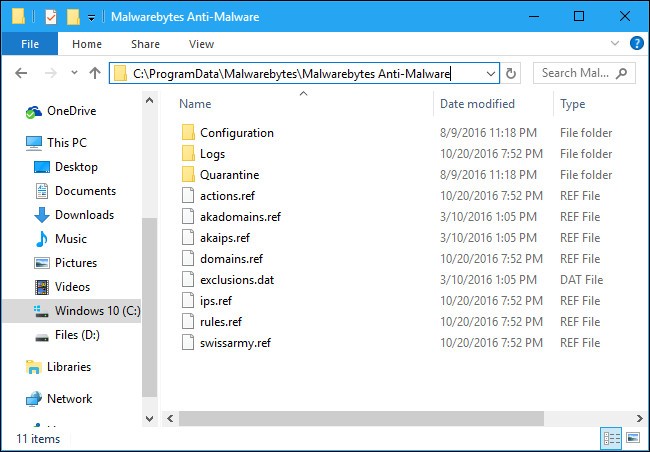
3. Is there any important data in the ProgramData folder that should be backed up?
Generally, in the ProgramData folder you won't find any important settings that need to be backed up.
If you want to back up the most important data on the system, go to C:\Users\username\AppData\Roaming , most likely important data will be stored here.
However, if you are concerned that there may be some important settings or data stored in the ProgramData folder, you can go in and check the data stored there. This depends on the developer of each program, they choose the location to store the program data, so there is no one correct answer for all.
